Name James Mangan | Role Poet | |
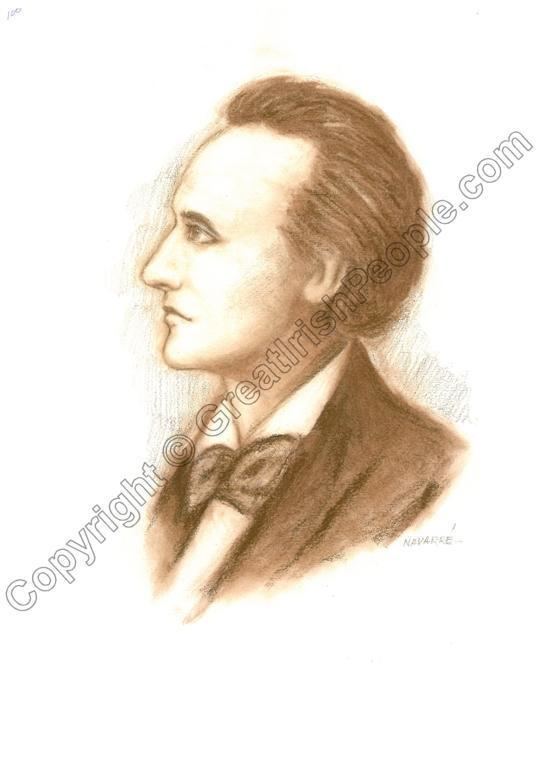 | ||
Died June 20, 1849, Republic of Ireland Books Selected writings, The Collected Works of, Selected prose of James Cl, Prose: 1840‑1882, prose writings of James Cl Similar People David Wheatley, Arthur Griffith, Cathal Brugha | ||
James clarence mangan
James Clarence Mangan, born James Mangan (Irish: Séamus Ó Mangáin; 1 May 1803, Dublin – 20 June 1849), was an Irish poet.
Contents
- James clarence mangan
- King cahal m r of the wine red hand james clarence mangan audiobook
- Early life
- Literary career
- Style
- Reception and Legacy
- References
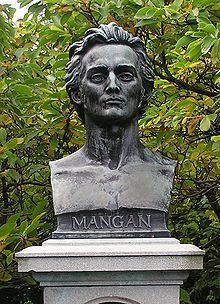
King cahal m r of the wine red hand james clarence mangan audiobook
Early life

Mangan was the son of James Mangan, a former hedge school teacher and native of Shanagolden, Co. Limerick, and Catherine Smith from Kiltale, Co. Meath. After marrying Smith, James Mangan took over a grocery business in Dublin owned by the Smith family, eventually becoming bankrupt as a result. Mangan described his father as having "a princely soul but no prudence", and attributed his family's bankruptcy to his father's suspect business speculations and tendency to throw expensive parties. Thanks to poor record keeping, inconsistent biographies, and his own semi-fictional and sensationalized autobiographical accounts, Mangan's early years are the subject of much speculation. However, despite the popular image of Mangan as a long-suffering, poor poet, there is reason to believe that his early years were spent in middle class comfort.
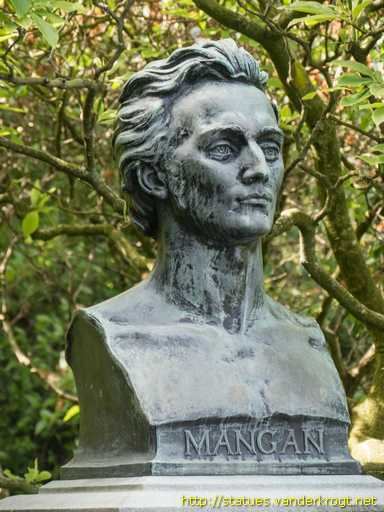
Born in Dublin, he was educated at a Jesuit school where he learned the rudiments of Latin, Spanish, French, and Italian. He attended three different schools until the age of fifteen. Obliged to find a job in order to support his family, he became a lawyer's clerk, and was later an employee of the Ordnance Survey and an assistant in the Library of Trinity College, Dublin.
Literary career
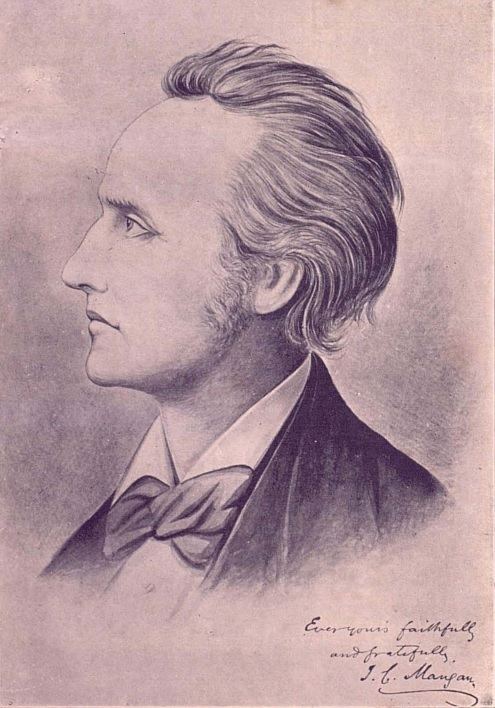
Mangan's first verses were published in 1818. From 1820 he adopted the middle name Clarence. In 1830 he began producing translations – generally free interpretations rather than strict transliterations – from German, a language he had taught himself. Of interest are his translations of Goethe. From 1834 his contributions began appearing in the Dublin University Magazine. In 1840 he began producing translations from Turkish, Persian, Arabic, and Irish. He was also known for literary hoaxes; some of his "translations" are in fact works of his own, like "Twenty Golden Years Ago", attributed to a certain Selber.
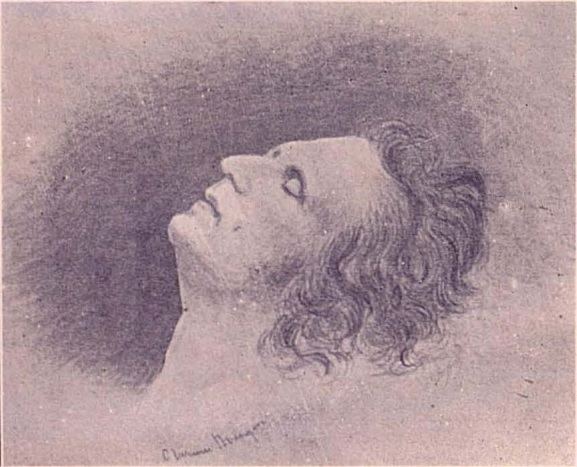
He was friends with the patriotic journalists Thomas Davis, and John Mitchel, who would write his biography. His poems were published in their newspaper The Nation.
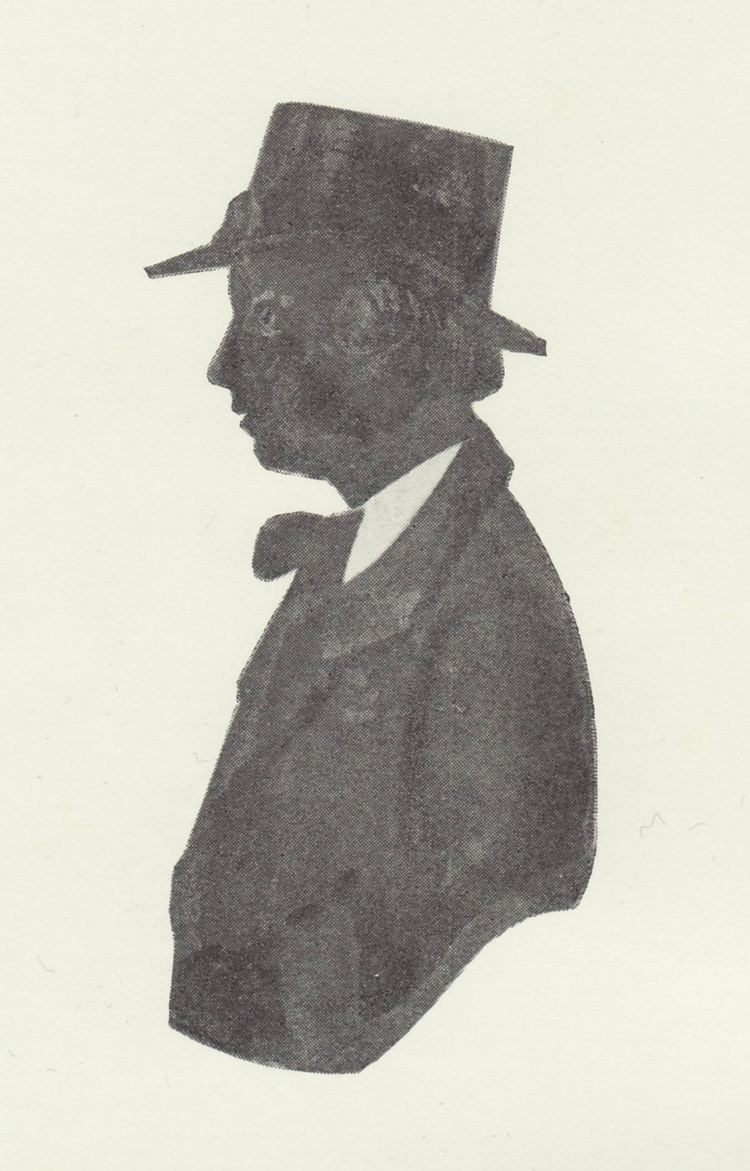
Although his early poetry was often apolitical, after the Famine he began writing patriotic poems, including influential works such as "Dark Rosaleen", a translation of Antoine Ó Raifteiri's Róisín Dubh and "A Vision of Connaught in the Thirteenth Century".

His most famous poems include "Dark Rosaleen", "Siberia", "Nameless One", "A Vision of Connaught in the Thirteenth Century", "The Funerals", "To the Ruins of Donegal Castle", "Pleasant Prospects for the Land-eaters and Woman of Three Cows". He also wrote a brief autobiography on the advice of his friend Charles Patrick Meehan, which ends mid-sentence. He must have been writing in the last months of his life, since he mentions his narrative poem of the Italian Gasparo Bandollo, which was published in the Dublin University Magazine in May 1849.

Personally, Mangan was a lonely and often difficult man who suffered from mood swings, depression and irrational fears, and became a heavy drinker and opium user. His appearance grew eccentric, and he was described by the artist W. F. Wakeman as frequently wearing "a huge pair of green spectacles", padded shirts to hide his malnourished figure, and a hat which "resembled those which broomstick-riding witches are usually represented with". In 1849, weakened by poverty, alcoholism and malnutrition, he succumbed to cholera aged only 46. He was buried in Glasnevin Cemetery.
Style
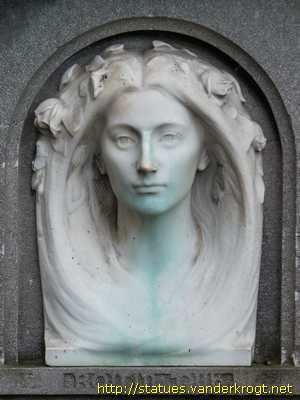
Mangan's poetry fits into a variety of literary traditions. Most obviously, and frequently, his work is read alongside the political writings of Irish Nationalists like John Mitchel as they appear in newspapers like The Nation, and the United Irishman, or as a manifestation of the Irish Cultural Revival. Indeed, it is hard not to acknowledge Mangan's debts to translators and collectors of traditional Irish poetry such as Samuel Ferguson and James Hardiman; many of Mangan's poems, such as "Dark Roseleen" appear to be adaptations of their earlier translations rather a completely original production.
Mangan is also frequently read as a Romantic poet. In particular, he is compared to Samuel Taylor Coleridge and Thomas De Quincey, largely thanks to his rumored opium addiction and tendency to place his writings within the frame of a vision or dream.
More recently, critics have begun to read Mangan's work as a precursor to Modernist and Postmodernist experimental writing. His playful literary hoaxes and fake translations (which he referred to as "reverse plagiarism") have been seen as a direct precursor to the works of the Irish author and newspaper columnist Flann O'Brien.
Reception and Legacy
During his life and immediately after, Mangan's legacy was co-opted by Irish Nationalism, primarily thanks to John Mitchel's biography of Mangan, which stressed that Mangan was "a rebel with his whole heart and soul against the whole British spirit". Naturally, this helped propel Mangan's legacy as Ireland's first national poet, and helped lead future Irish writers to look back at his work.
James Joyce wrote two essays on Mangan, the first in 1902 and the second in 1907 and also used his name in his works, for instance in Araby in Dubliners. Joyce wrote that in Mangan's poetry "images interweave [their] soft, luminous scarves and words ring like brilliant mail, and whether the song is of Ireland or of Istambol it has the same refrain, a prayer that peace may come again to her who has lost peace, the moonwhite pearl of his soul". Joyce also described Mangan as "a prototype for a would-be-nation", but stressed that he was ultimately a "feeble figure" that fell short of such promise.
WB Yeats considered Mangan one of the best Irish poets, along with Thomas Davis and Samuel Ferguson, claiming, "To the soul of Clarence Mangan was tied the burning ribbon of Genius."
Among the contemporary Irish writers he has influenced are Thomas Kinsella, Michael Smith, James McCabe, who wrote a sensationally discovered continuation of Mangan's autobiography that appeared in the Dublin journal Metre in 2001, but was later revealed to be written by McCabe rather than Mangan, and David Wheatley, author of a sonnet sequence on Mangan. He is also cited by songwriter Shane MacGowan as an inspiration for both his work and his lifestyle, whose song "The Snake with Eyes of Garnett" openly features Mangan as a character. A 1979 novel by Northern Irish/Canadian novelist Brian Moore, The Mangan Inheritance, tells the story of (fictional) young American James Mangan traveling to Ireland to find whether he is descended from the poet.
While Mangan still has not acquired the critical clout of Joyce or Yeats, more recent literary criticism has begun to seriously consider his work. Largely, this can be attributed to the publication of David Lloyd's Nationalism and Minor Literature: James Clarence Mangan and the Emergence of Irish Cultural Nationalism in 1987. Lloyd's work was the first to seriously attempt to untangle Mangan the man from the Nationalist poet created by John Mitchel.
Private papers of Mangan are held in the National Library of Ireland, the Royal Irish Academy, and the archives of Trinity College, Dublin.
